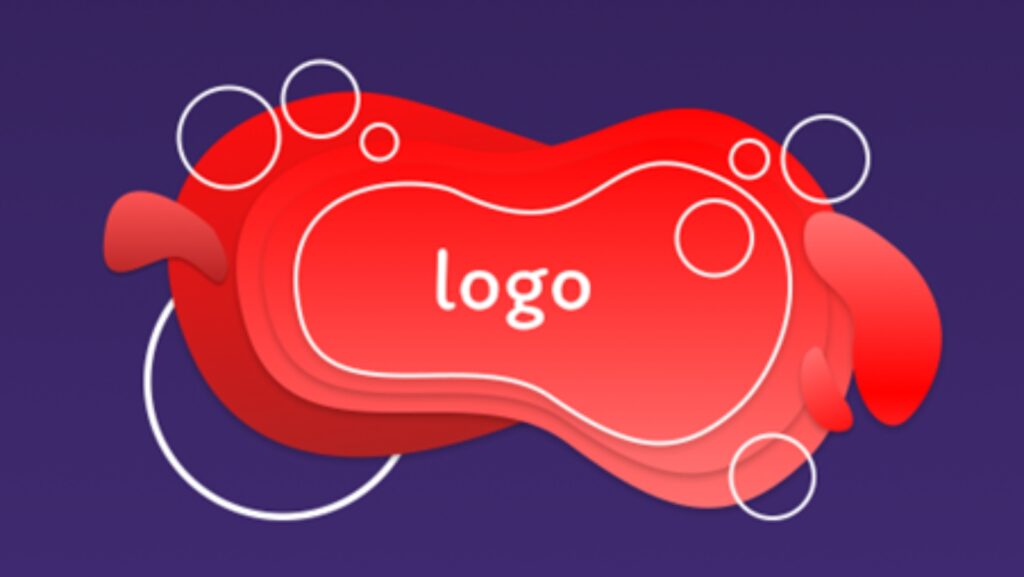Where and How to Create a Free Online Logo

Creating a unique and memorable logo is one of the most important steps in building a strong brand. A logo is more than just a pretty picture; it’s a visual representation of your company’s identity, values, and mission. Whether you’re starting a new business or looking to refresh an existing brand, having a well-designed logo can help you stand out in a crowded market and connect with your target audience.
In this article, we will guide you through the process of creating a free online logo. This guide has been prepared by the specialists at Turbologo, who have extensive experience in helping businesses of all sizes develop effective branding strategies. We’ll cover everything you need to know, from the initial concept to the final design, so you can create a logo that truly represents your brand.
Where to Start with Logo Creation?
Before you jump into designing your logo, it’s crucial to lay a strong foundation by understanding the core aspects of your brand. Ask yourself: What does my brand stand for? Who is my target audience? What emotions do I want my logo to evoke? These questions will help you define the essence of your brand and guide your design choices.
Starting with a clear concept is key. A logo should communicate your brand’s identity at a glance. Take some time to think about your brand’s personality and values. Is your brand playful or serious? Modern or traditional? Understanding these aspects will help you create a logo that aligns with your brand’s image.
Choosing a Style and Concept: How to Reflect Your Brand’s Essence
Once you have a clear understanding of your brand, the next step is to choose a style and concept for your logo. This is where creativity comes into play. The style of your logo should be a reflection of your brand’s personality. For instance, a tech company might opt for a sleek, modern design, while a bakery might choose a warm, friendly logo.
When choosing a style, consider the following elements:
- Simplicity: A simple design is often more memorable and versatile.
- Relevance: The design should be relevant to your industry and target audience.
- Timelessness: A good logo should withstand the test of time and not feel dated in a few years.
Think about how you want people to feel when they see your logo. Should it be bold and striking or subtle and elegant? Your logo is the face of your brand, so it’s important to choose a style that accurately represents your company’s values and resonates with your audience.
The Key Elements of a Logo: Color, Font, and Symbolism
Now that you have a concept in mind, it’s time to think about the key elements of your logo: color, font, and symbolism. These components work together to create a cohesive and impactful design.
Color is one of the most powerful tools in logo design. Different colors evoke different emotions and associations. For example, blue often conveys trust and professionalism, while red can evoke passion and energy. Choose colors that align with your brand’s message and appeal to your target audience. Keep in mind that your logo should also look good in black and white, as it might be used in various formats where color isn’t an option.

Fonts play a crucial role in how your logo is perceived. A serif font can give your logo a traditional and formal look, while a sans-serif font often appears modern and clean. Make sure the font you choose is readable and reflects the tone of your brand. Avoid overly complicated fonts that might be hard to read, especially in smaller sizes.
Symbols or icons can add meaning to your logo, making it more memorable. However, it’s important not to overcrowd your logo with too many elements. A single, well-chosen symbol can be far more effective than a cluttered design. Think about how the symbol interacts with the text in your logo and whether it enhances the overall message.
How to Choose the Right Online Tool for Logo Creation?
With your concept, style, and elements in place, it’s time to start creating your logo. Fortunately, there are numerous online tools available that allow you to create a logo for free. But with so many options out there, how do you choose the right one?
Consider the following when selecting an online logo maker:
- Ease of use: Look for a tool that has an intuitive interface and is easy to navigate, especially if you’re not a professional designer.
- Customization options: The best tools offer a range of templates that can be easily customized to fit your brand. Make sure you can adjust colors, fonts, and symbols to create a logo that’s unique to your business.
- File formats: Ensure the tool allows you to download your logo in different file formats (like PNG, JPEG, SVG) and sizes so you can use it across various platforms.
When it comes to creating a free online logo, using a reliable logo maker is essential for achieving a professional result without the hassle. Logo makers are designed to be user-friendly, offering an intuitive interface that anyone can navigate, even without prior design experience. These tools provide a wide range of customizable templates, allowing you to easily adjust colors, fonts, and icons to fit your brand’s identity. With features like drag-and-drop design and instant previews, you can see your logo come to life in real time. Plus, many logo makers offer high-quality file downloads in various formats, ensuring your logo is versatile and ready to use across all platforms. Whether you’re starting from scratch or refining an existing idea, a free online logo maker gives you the creative flexibility to design a logo that truly represents your brand.
Tips for Creating a Professional Logo Without a Designer
Even if you’re not a designer, you can create a professional-looking logo by following some basic design principles. Here are some tips to keep in mind:
- Keep it simple: The most iconic logos are often the simplest. A clean, uncomplicated design is more likely to be memorable and versatile.
- Think about scalability: Your logo should look good at any size, whether it’s on a business card or a billboard. Make sure the details are clear, and the text is legible in small sizes.
- Avoid trends: While it might be tempting to follow the latest design trends, a timeless logo will serve your brand better in the long run. Aim for a design that will still look great years from now.
What to Avoid When Creating a Logo?
There are a few common mistakes to avoid when creating your logo. First, don’t overcomplicate the design. It’s easy to get carried away with adding elements, but a busy logo can be confusing and hard to recognize.

Avoid using clip art or generic icons that don’t add value to your design. These elements can make your logo look cheap and unoriginal. Instead, try to create something that’s unique and specific to your brand.
Lastly, don’t rush the process. Creating a logo is an important step in building your brand, so take the time to do it right. Test different designs, gather feedback, and make revisions until you’re completely satisfied with the result.
How to Test Your Logo for Versatility and Memorability?
Once you’ve created your logo, it’s important to test it to ensure it works in different contexts. Ask yourself:
- Does it look good in black and white?
- Is it recognizable at a small size?
- Does it stand out against different backgrounds?
You can also gather feedback from others to see how they perceive your logo. Show it to friends, family, or even potential customers and ask them what the logo communicates to them. Their responses can provide valuable insights and help you make any necessary adjustments.
What to Do After Creating Your Logo?
After you’ve created your logo, the next step is to integrate it into all aspects of your brand. Use it on your website, social media profiles, business cards, and any other materials that represent your company. Consistency is key to building a strong brand identity, so make sure your logo is used consistently across all platforms.
It’s also a good idea to create a brand style guide that outlines how your logo should be used. This can include guidelines on color schemes, fonts, and spacing to ensure that your logo always looks its best.
Conclusion: How to Easily Create a Logo That Works for Your Brand
Creating a logo doesn’t have to be a daunting task, even if you’re not a professional designer. By following the steps outlined in this guide, you can create a logo that effectively represents your brand and resonates with your audience. Remember to keep it simple, stay true to your brand’s identity, and take the time to test and refine your design. With the right approach and the help of online tools, you can create a logo that not only looks great but also helps your business stand out in a competitive market.

 Should Bangladesh Regulate Online Gambling? Pros and Cons
Should Bangladesh Regulate Online Gambling? Pros and Cons  Runway AI Video Generator Free: How EaseMate AI Makes It Simple for Everyone
Runway AI Video Generator Free: How EaseMate AI Makes It Simple for Everyone  How Can Gasteromaradical Disease Be Treated? Discover Effective Relief Strategies Now
How Can Gasteromaradical Disease Be Treated? Discover Effective Relief Strategies Now